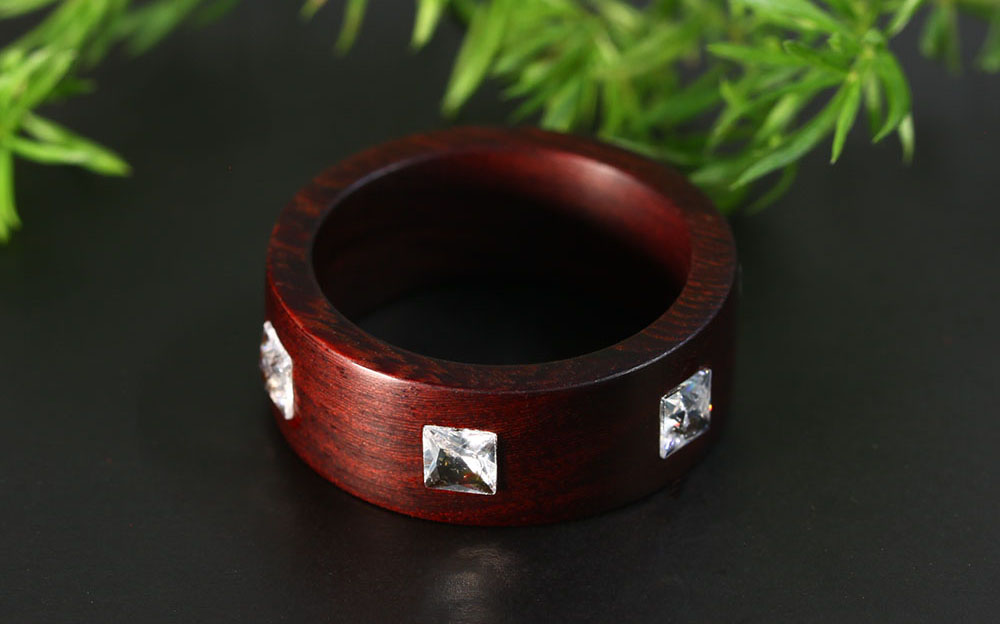Style, Uncategorized
What makes people love rosewood so much?
1. Sensory and Aesthetic Appeal
- Stunning Visual Beauty: Rosewood is renowned for its rich, deep color palette—ranging from dark chocolate brown to reddish and purple hues—accented by darker, often black, streaks and figuring. This creates a dramatic, elegant, and visually complex appearance that is instantly recognizable.
- Unique Figure and Grain: Many rosewood varieties exhibit beautiful patterns like spider-webbing, stripes, or swirls (known as “figure”), making each piece unique. This is highly prized by luthiers (guitar makers) and furniture craftsmen.
- Exceptional Feel: When finished, rosewood has a famously smooth, almost oily or waxy feel that is luxurious to the touch. This is due to its natural oils.
2. Superior Acoustic Properties (For Musical Instruments)
This is a massive reason for its fame. Rosewood is considered a “holy grail” tonewood for acoustic guitars and other instruments.
- Tonal Balance: It produces a rich, complex, and well-balanced tone with clear highs, strong midrange, and a deep, resonant low end. It’s less bright than maple and less boomy than mahogany, offering a scooped EQ that is perfect for fingerstyle and complex chords.
- Sustain and Resonance: The dense, oily nature of the wood allows notes to ring out longer (sustain) and with greater depth and volume. Musicians often describe the sound as “warm,” “lush,” and “piano-like.”

3. Functional and Physical Properties
- Durability and Hardness: Rosewood is extremely hard and dense, making it highly resistant to dents and wear. This durability is why it was historically used for high-traffic furniture, tool handles, and chess pieces.
- Workability: Despite its hardness, it holds fine detail well when carved or turned on a lathe, making it a favorite for woodworkers and artisans for intricate inlay work.
4. Prestige, Rarity, and “Mystique”
- Historical Association with Luxury: For centuries, rosewood has been used in high-end furniture (e.g., Chinese hongmu furniture), luxury car interiors (e.g., Rolls-Royce dashboards), and decorative veneers. This long history has cemented its status as a premium, luxurious material.
- Scarcity and Exclusivity: Many true rosewood species (particularly Brazilian Rosewood) are slow-growing and have been over-harvested. Their rarity, coupled with international restrictions (CITES), has made existing stocks incredibly valuable and sought-after. Owning something made of genuine, old-growth rosewood carries a cachet of exclusivity.
- The “Mythos” of Vintage Guitars: The golden era of acoustic guitar making (mid-20th century) extensively used Brazilian Rosewood. Vintage guitars from this period, like pre-war Martins, are legendary and sell for hundreds of thousands of dollars. This created an almost mythical reputation for rosewood as the ultimate tonewood that modern luthiers and players seek to replicate.
5. The Name and Scent
The “Rose” Connection: Interestingly, the name “rosewood” comes from the scent, not the color. When cut, many species emit a sweet, floral fragrance reminiscent of roses. This unique characteristic adds to its sensory appeal and memorable identity.
The Important Counterpoint: Ethics and Sustainability
The very reasons for its popularity have led to its downfall. Massive demand caused severe over-exploitation, driving several species (especially Brazilian Rosewood Dalbergia nigra) to the brink of extinction.
- CITES Restrictions: Most rosewood species are now protected under CITES Appendix II (and Appendix I for Brazilian), meaning its international trade is heavily regulated to prevent illegal logging and ensure sustainability.
- Shift in the Industry: This has led guitar and furniture makers to:
- Use alternative, sustainable species like Indian Rosewood (Dalbergia latifolia), which is also excellent but more regulated than before.
- Develop high-quality engineered alternatives and sustainable composites that mimic the look and sound of rosewood (e.g., Richlite).
- Be more transparent about their sourcing.
The very reasons for its popularity have led to its downfall. Massive demand caused severe over-exploitation, driving several species (especially Brazilian Rosewood Dalbergia nigra) to the brink of extinction.
- CITES Restrictions: Most rosewood species are now protected under CITES Appendix II (and Appendix I for Brazilian), meaning its international trade is heavily regulated to prevent illegal logging and ensure sustainability.
- Shift in the Industry: This has led guitar and furniture makers to:
- Use alternative, sustainable species like Indian Rosewood (Dalbergia latifolia), which is also excellent but more regulated than before.
- Develop high-quality engineered alternatives and sustainable composites that mimic the look and sound of rosewood (e.g., Richlite).
- Be more transparent about their sourcing.
In Summary:
People like rosewood because it is a uniquely beautiful, durable, and functional material that offers unmatched acoustic properties for musicians and carries an aura of luxury, history, and exclusivity. Its appeal is a powerful mix of tangible performance and intangible prestige. However, this admiration is now tempered by the crucial need for conservation and responsible sourcing.


